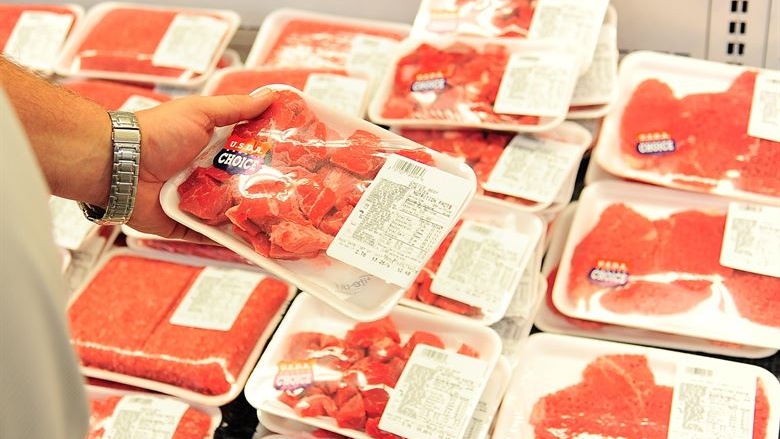In this piece of content we’ve discussed about Red Meat vs White Meat. Many studies have shown that red meat consumption can increase your risk of heart disease, high cholesterol, Type 2 diabetes, and cancer, among other disease states. However, what actually makes red meat contribute to these health issues can be confusing.
Some factors include level of heme iron, myoglobin, amount of saturated fat contained in the meat, how they are cooked (often cooked over high temperatures producing carcinogenic and atherogenic elements), or maybe even the other life habits of the people who tend to eat red meat that may be contributing to the data.
Red Meat vs White Meat
Red meat in the traditional sense includes mammalian muscle meat such as that from beef, pork, lamb, goat, and veal. Processed meat can have similar health drawbacks, which are meats that have been preserved in other ways (sausage, hot dogs, deli meat). White meat would include chicken and turkey.
As you can see on this chart, even different parts of the animal can have varying amounts of what makes red meat considered unhealthy. For example, pork tenderloin is red meat, but it is considered low in iron and fat, though in the middle on cholesterol, so could be considered a healthier option relative to ground beef, which rates high in all four categories.
What’s the bottom line? Continue to choose unprocessed foods almost all of the time, and choose the paler cuts of any type of meat as often as you can. Bulk up every meal with multicolored vegetables, and try meatless meals at least a few times a week to increase your intake of heart healthy legumes and soy. Even if you do like a steak or two during the week, consider increasing your other healthy habits, like water intake, vegetable servings and exercise. Also checkout Social eating.



